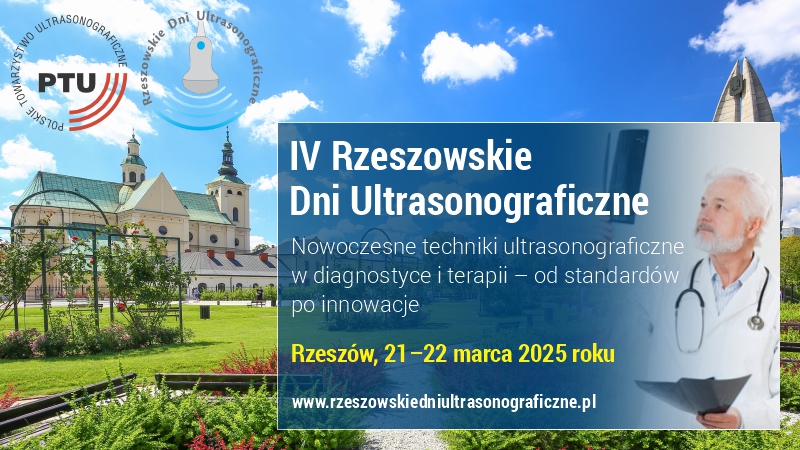Sonography of pathological changes in the hand
Anna Dębek1, Zbigniew Czyrny2, Paweł Nowicki3
 Affiliation and address for correspondence
Affiliation and address for correspondenceEveryday medical practice shows that most common problems within the hand result from overload, injuries and degeneration. Dorsal side pathologies such as de Quervain’s and Wartenberg’s disease, intersection syndrome or degenerative lesions of carpometacarpal joint of the thumb discussed in the paper can be accurately diagnosed and differentiated by means of ultrasound examination. Ultrasound is similarly powerful in detection and grading of traumatic lesions involving extensor tendons and their sagittal bands or the flexor tendons and their pulleys. In the case of carpal tunnel syndrome one can not only visualize the median nerve but also other structures of the tunnel that may cause compression. Similarly ulnar nerve compression within the Guyon’s canal can be well evaluated. In cases of nerve trauma one can precisely define the level, and in cases of nerve discontinuity, the distance between stumps can be measured which is important in surgery planning. Often nerve trauma is a sequelae of tendon reconstruction. In such cases scars and nerve entrapment can be depicted. Tumors within a hand are usually benign, of which the most common are ganglia. On ultrasound examination a connection between a ganglion and its source (usually a joint or sheath) can frequently be defined. The relationship of tumors to nerves, tendon sheaths or vessels may suggest their nature. Ultrasound with dynamic tissue assessment is a very valuable adjunct to clinical examination.






